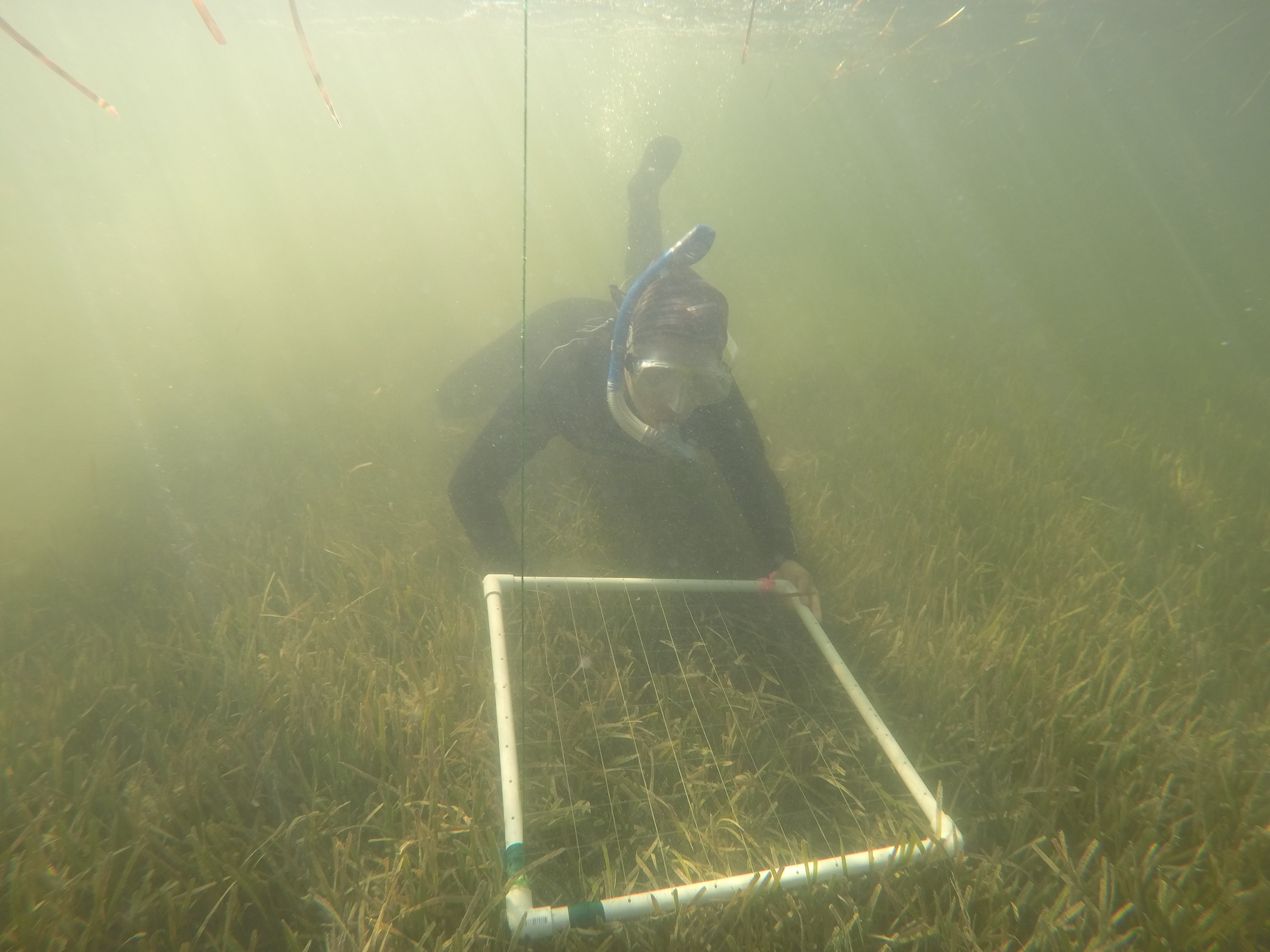Research
Seagrass Monitoring
Scale: Local, Regional
Themes: Climate Change Biology, Data Science, Water Quality
Description: I have led seagrass monitoring efforts as the Field and Data Manager for the Texas Seagrass Monitoring Program since 2020. As part of these roles I oversee collection and analysis of data from over 800 sites across the Texas coast as part of our annual Tier-2 surveys. I work closely and coordinate with various agencies including the National Park Service, Texas Parks and Wildlife, and the Texas Commision on Environmental Quality. Recently, we have noted rapid changes in the Upper Laguna Madre ecosystem and found a decline in seagrasses attributed to sea level rise. Currently, I am working to analyze broader scale trends across the Texas coast since our monitoring began in 2011.
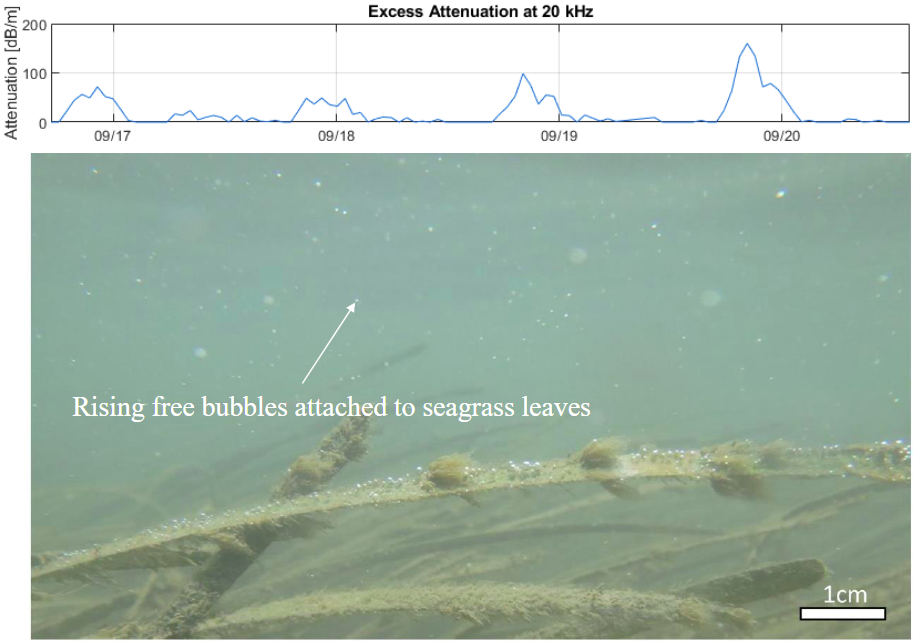
Seagrass Acoustics
Scale: Local, Regional
Themes: Blue Carbon, Data Science, Physiology
Description: Acoustics are becoming recognized as powerful tools by a variety of ecologists and biologists, but plant acoustics are relatively understudied. I have collaborated with a research group led by Drs. Megan Ballard and Kevin Lee on advancing our ability to use acoustics as a tool for monitoring seagrasses. So far, the group has developed a new effective medium model to describe seagrass sound propagation in a meadow, has designed and deployed an active acoustic system capable of measuring seagrass biomass and productivity, demonstrated that seagrass ebullition is an important component of net ecosystem metabolism, and shown that passive acoustics are viable for measuring seagrass production.
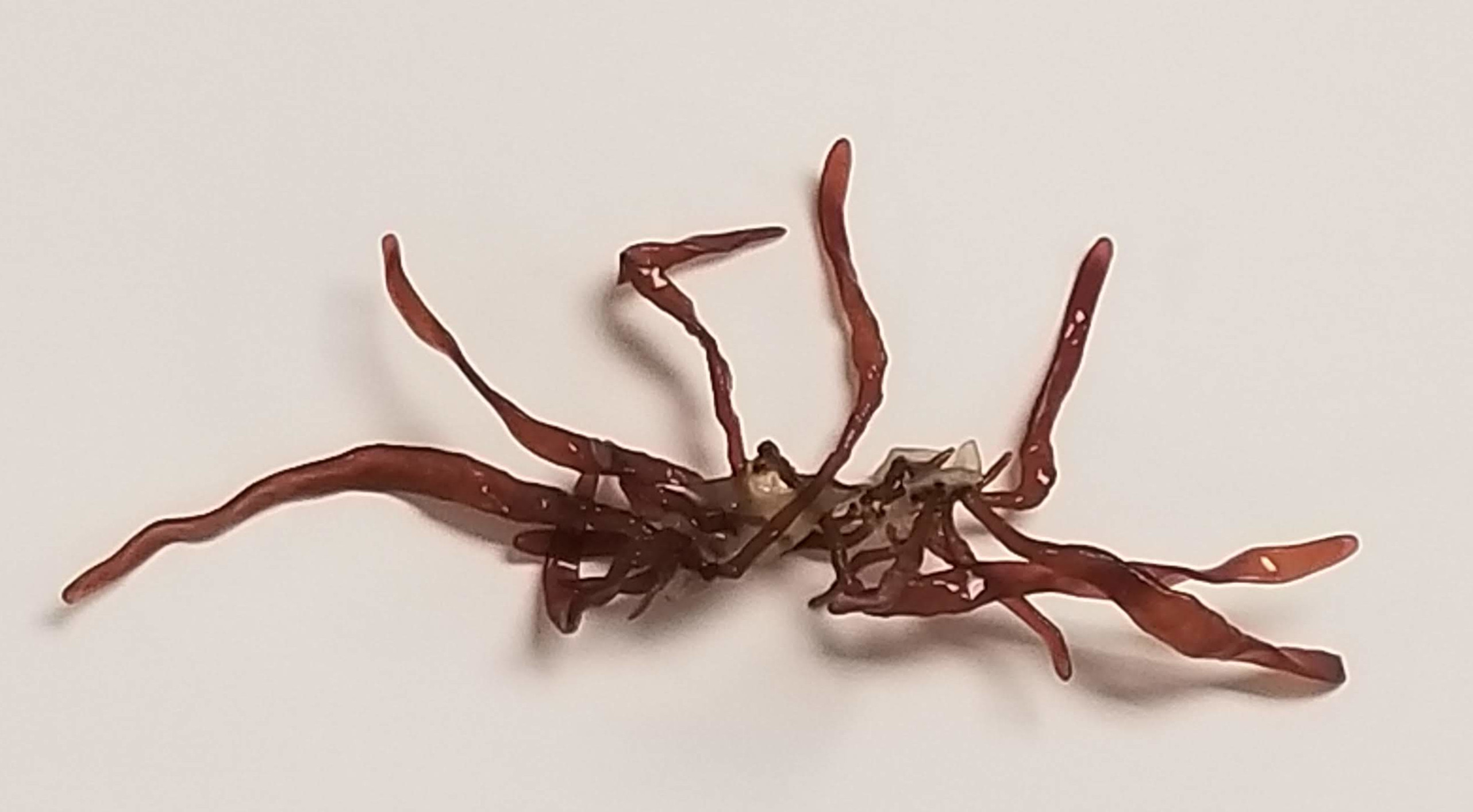
Plant Physiology
Scale: Local, Regional
Themes: Photosynthesis, Stress Tolerance, Data Science, Climate Change Biology
Description: Plants are dynamic organisms that rapidly respond to their environment through changes in their metabolic state. Our current era, the Anthropocene, has produced unexpected environmental conditions that plants must adapt to or face elimination. I am inter we’re experiencing unprecedented changes that plants are forced to adapt to or face elimination. Consequently, I am interested in quantifying the limits of plant survival in the context of a changing environment. I have identified that Grateloupia turuturu is highly tolerant to reactive oxygen stress, the ultimate stress pathway. This allows it to be a highly competitive invasive species. Furthermore, I have been working on quantifying the desiccation tolerance of subtidal seagrasses using various techniques.
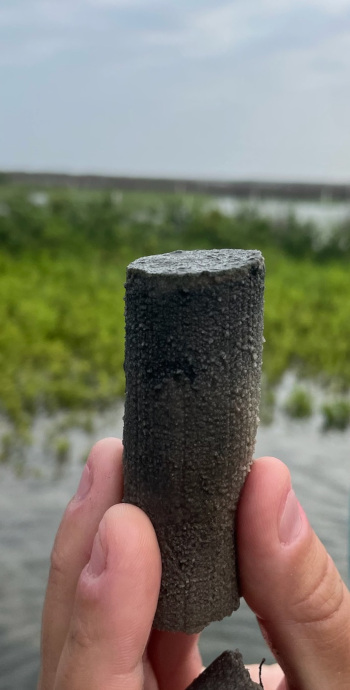
Coastal Biogeochemistry
Scale: Local, Regional
Themes: Blue Carbon, Data Science, Nitrogen Cycling
Description: Coastal environmentals are hotspots are elements vital to life including carbon, nitrogen, and phospohrous. I’m deeply interested in the complex cycles of such elements in coastal environments and how “plants” interact with them. Currently, I am building budgets of organic and inorganic carbon, as well as nitrogen in sediments collected from seagrass meadows across the Western and Northern Gulf of Mexico. This effort is paired with the Texas Seagrass Monitoring Program and the Coastal Ecology & Seagrass Biology Lab. This will provide resource managers valuable information to ascertain sequestration potential in a rapidly changing climate.
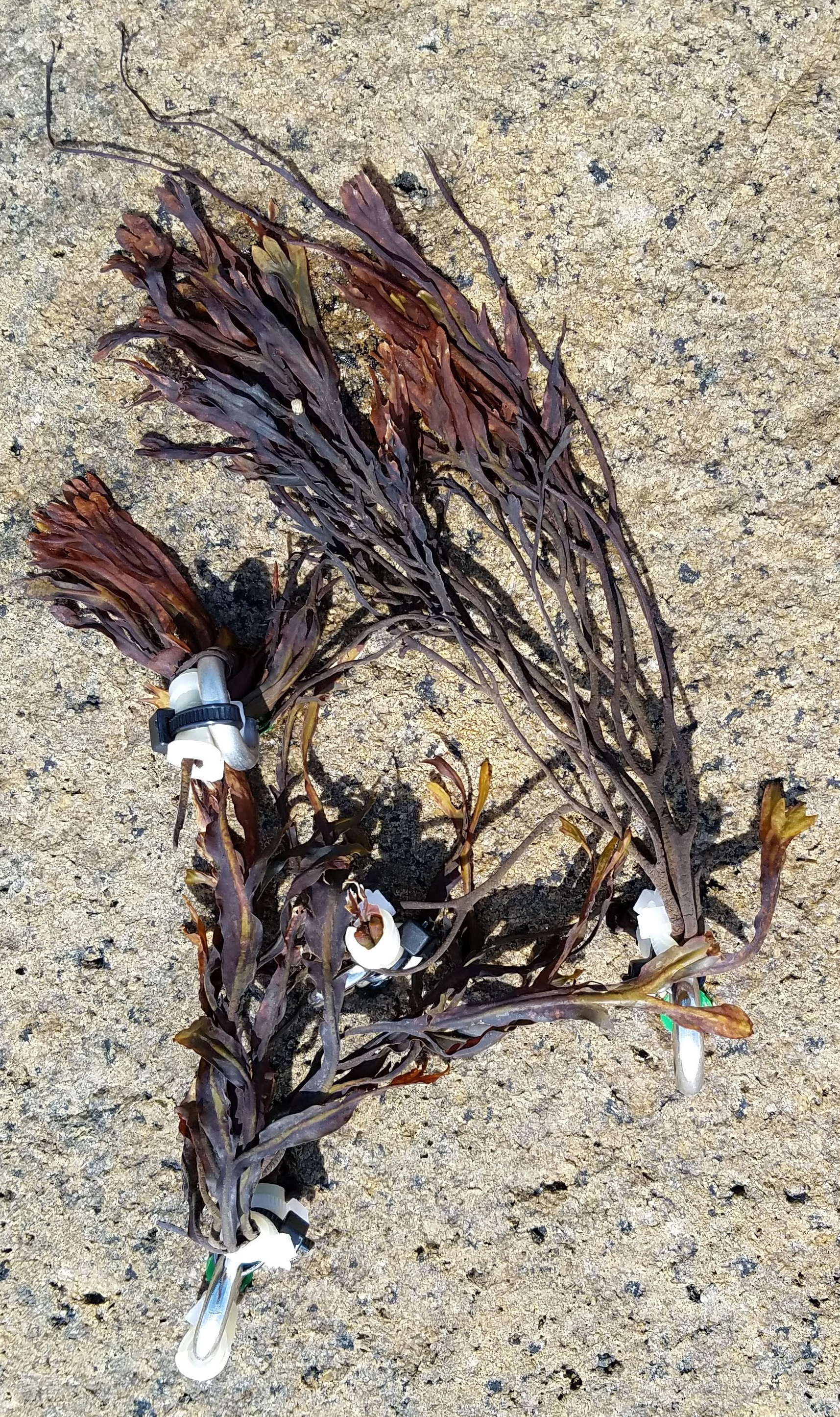
Microbial Ecology
Scale: Local, Regional, International
Themes: Community Ecology, Data Science, Physiology
Description: Complex organisms have associated microbial communities that assist them in carrying out functions nessecary for survivial including vitamin production, stress protection, and pathogen defense. However, it relatively few studies on the ecology of these microoganisms exist to paralel the ecology of their hosts. I investigated microbial communties living on intertidal seaweeds with a group led by Drs. Susan Brawley and Hilary Morrison. Together, we demonstrated that bacterial communities exhibit zonatation patterns similar to Fucus spp. through a manipulative transplant experiment. Furthermore, we also found a strong a strong north-south latitudinal gradient in structure of the microbiome of F. vesiculosus over its biogeographic range.
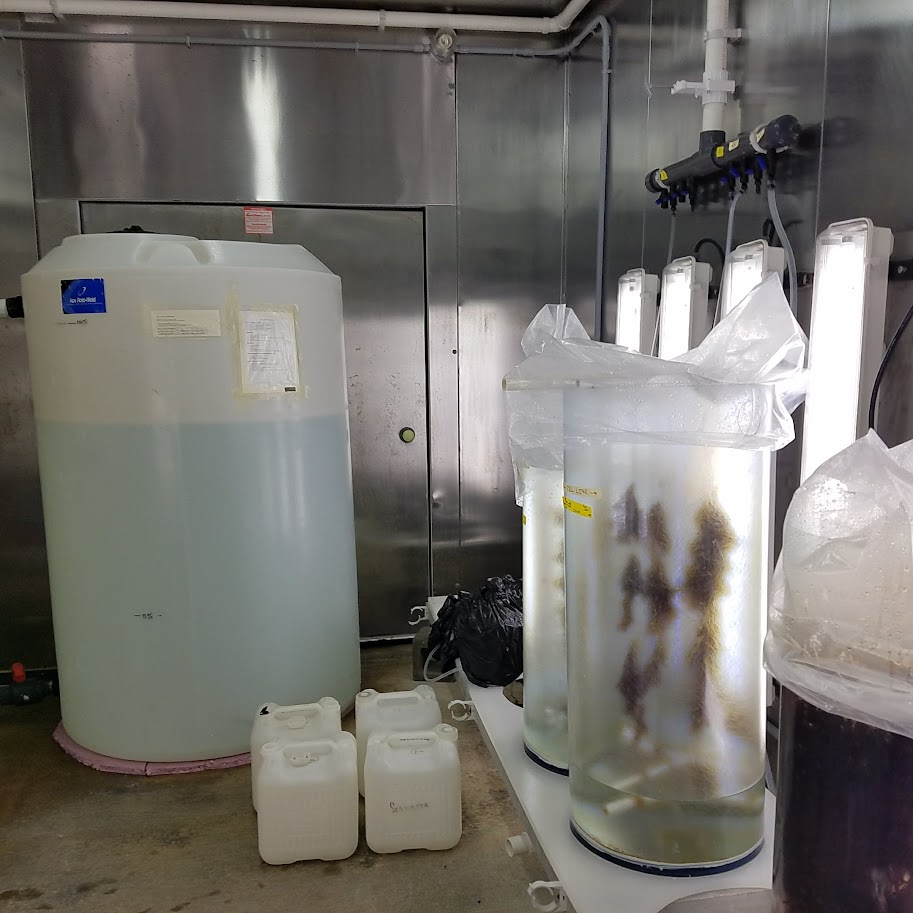
Sustainable Aquaculture
Scale: Local
Themes: Data Science, Physiology, Sustainability
Description: The demand for seafood has has increased annually over the past few decades, creating increased pressure on wild harvested crops. To meet such a market, farmers across the country have begun to grow seaweeds for both human consumption and bioproducts. I have collaborated on seaweed farming projects in Maine and Texas and worked with both red and brown seaweeds including Porphyra umbilicalis, Wildemania amplissima, Palmaria palmata, Alaria esculenta, Saccharina latissima, Ulva intestinalis, and Gracilaria tikvahiae . I have worked all stages of projects including algae collection, sporulation and seeding, farm setup, nursery culturing, protocol development, harvesting and processing, and data analysis.
